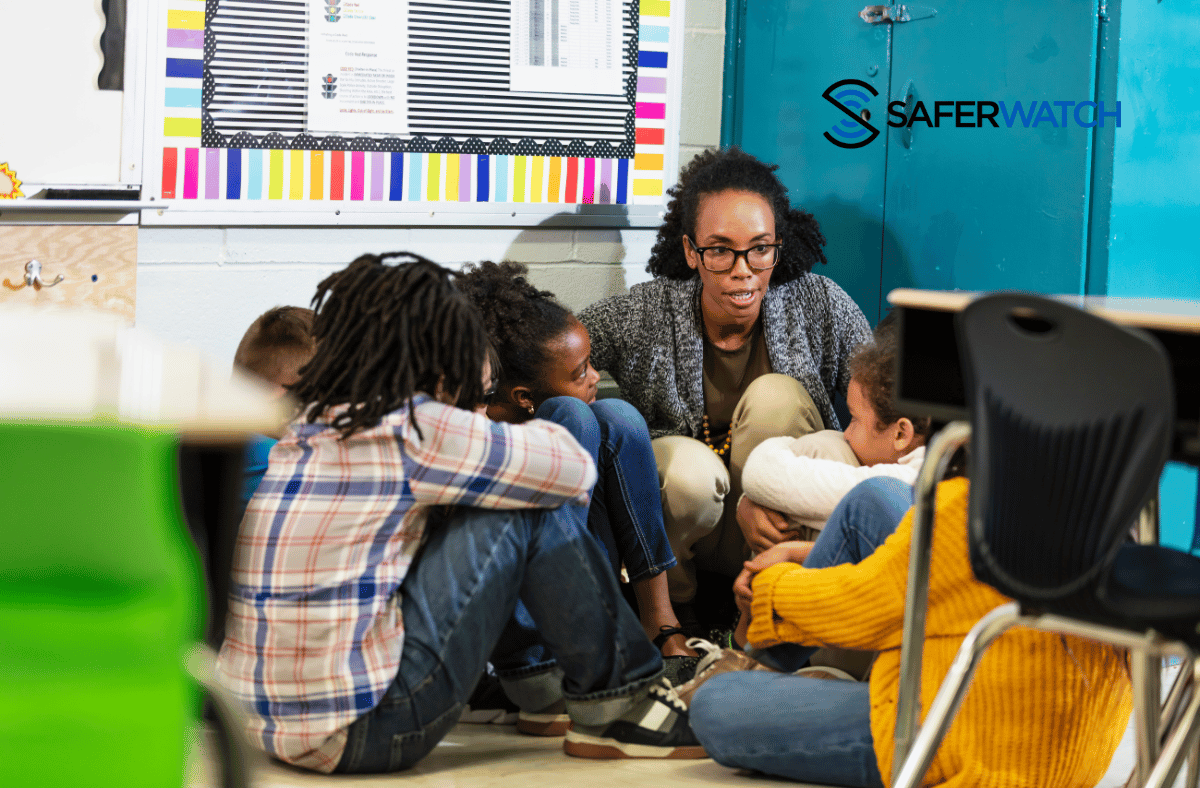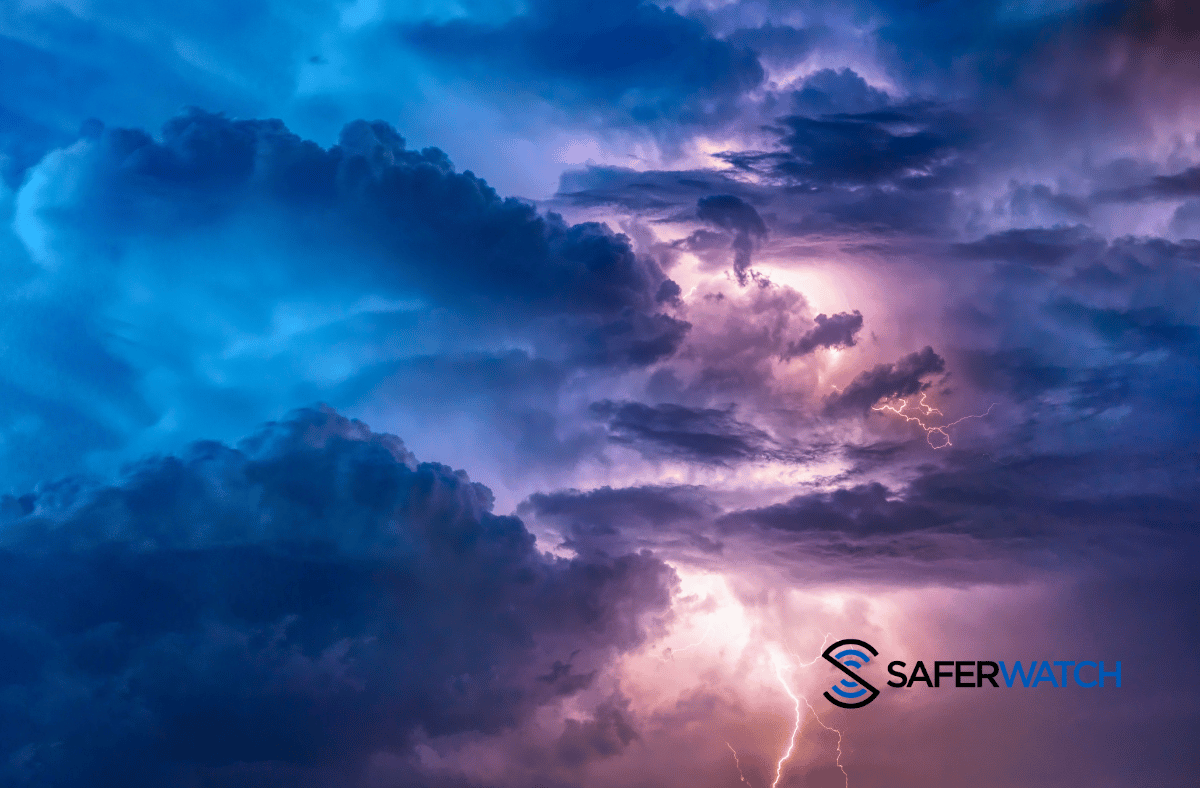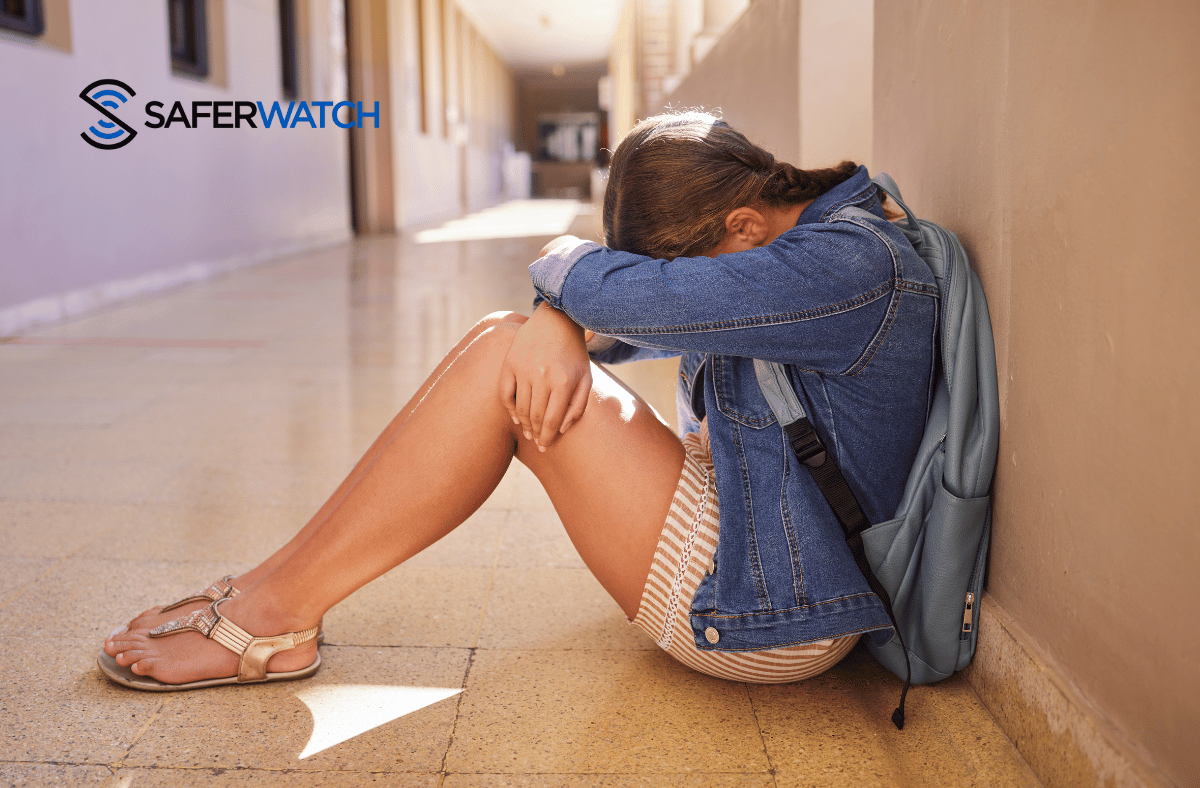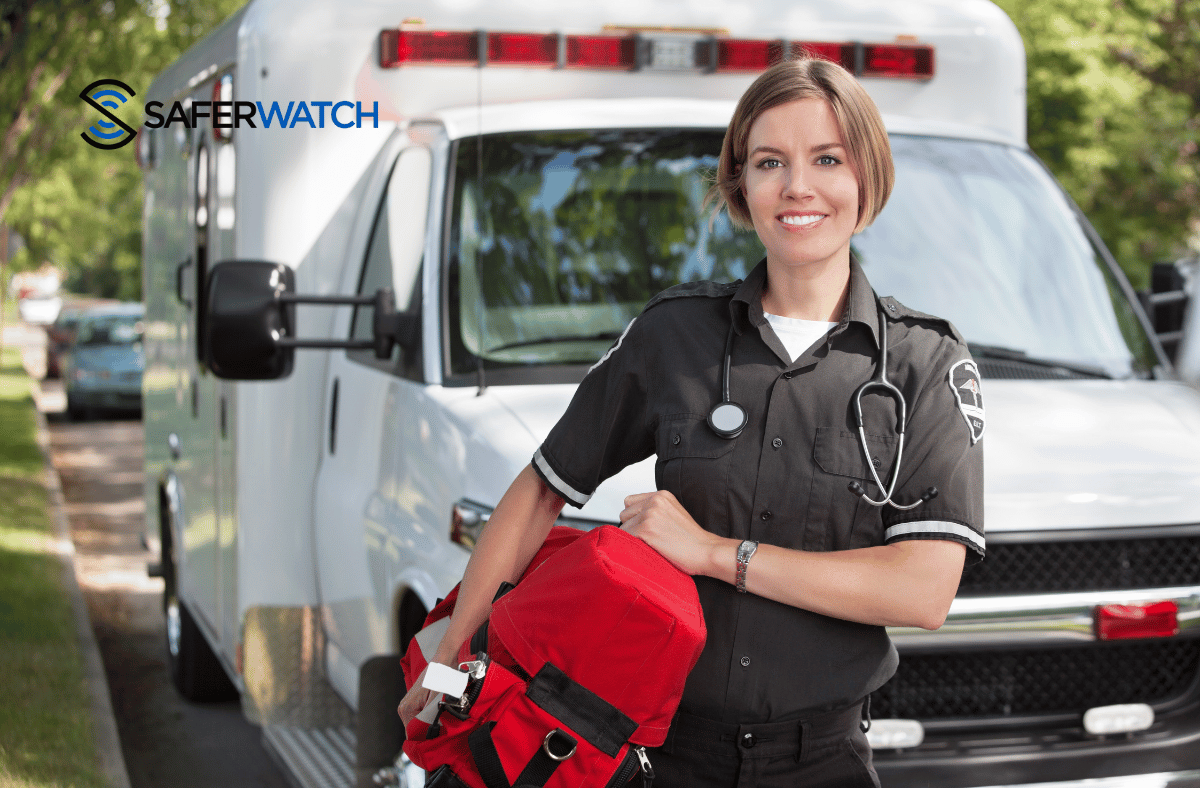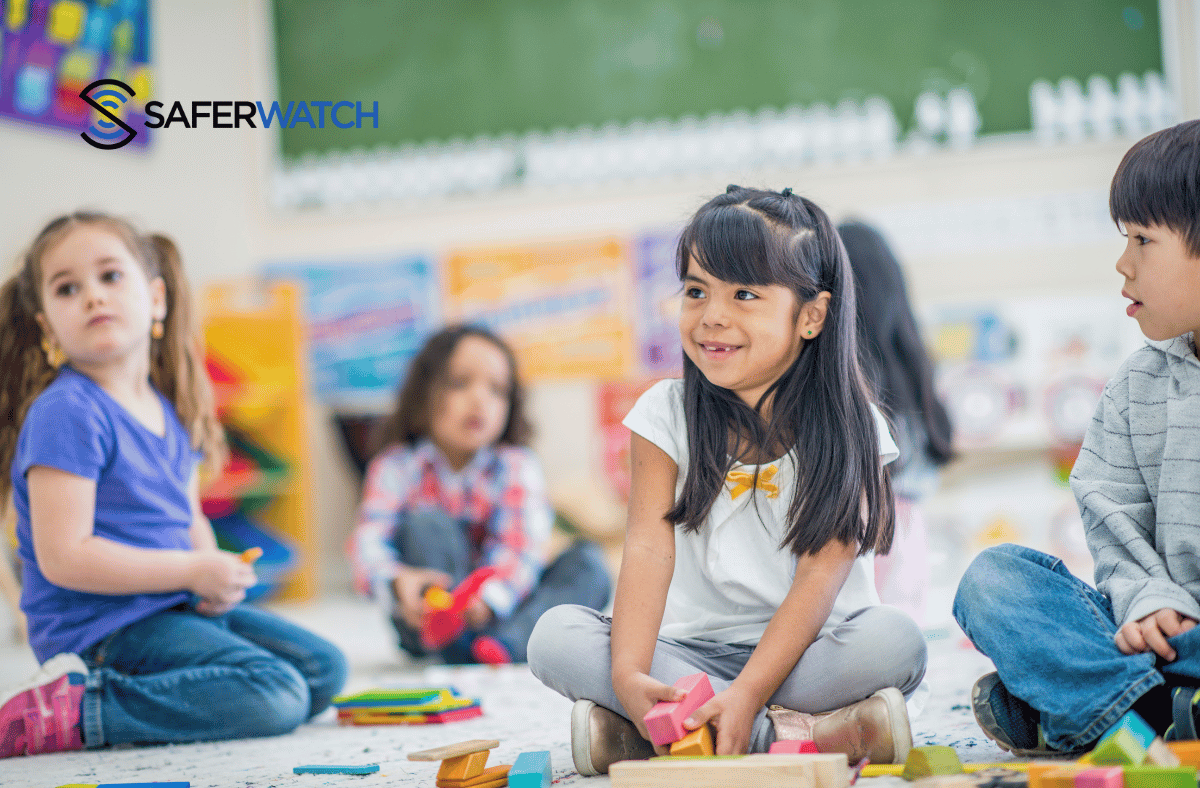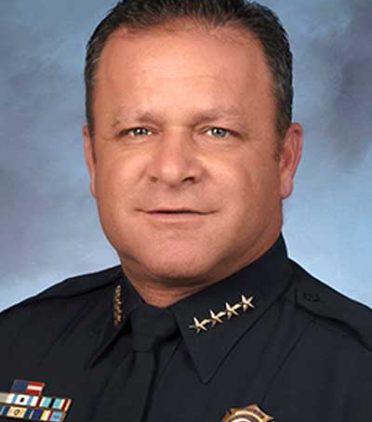Preparation is Key: Essential School Drills and Exercises for 2023
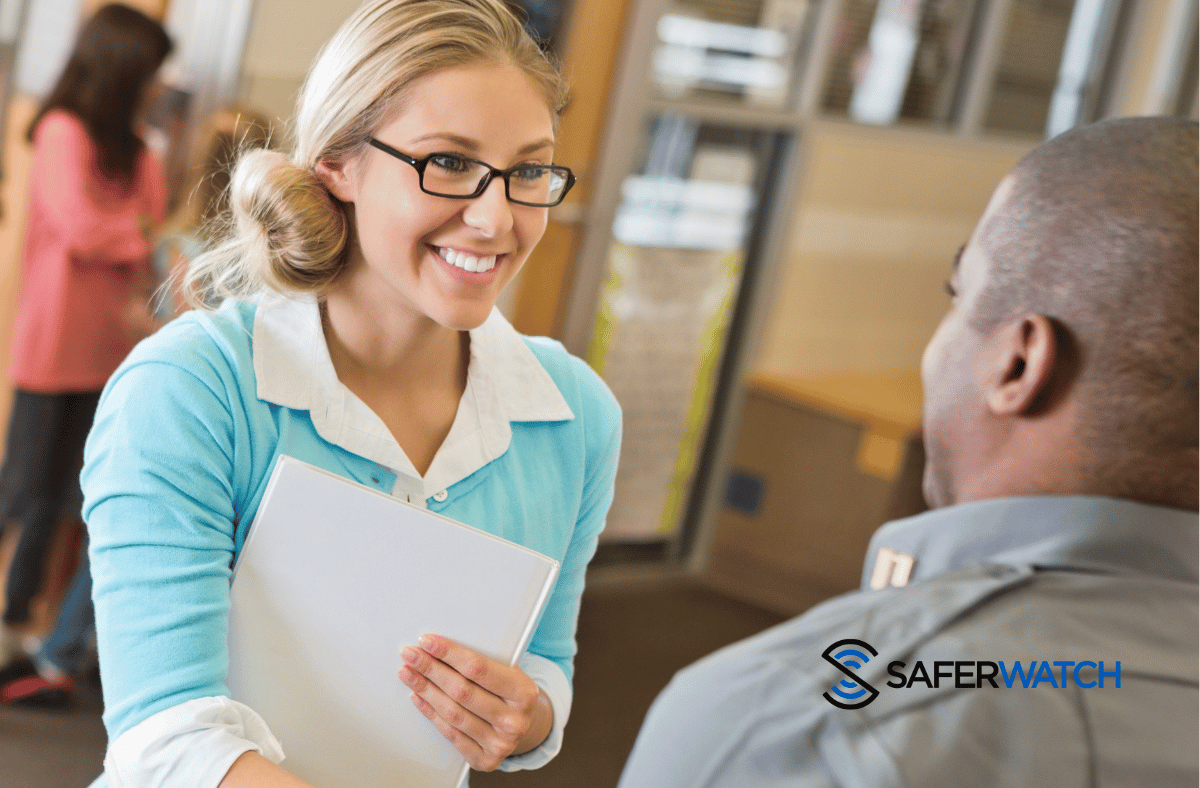
Preparation is Key: Essential School Drills and Exercises for 2023
In 2023, safety remains a top priority for schools across the nation. With the ever-evolving landscape of potential emergency situations, it is more crucial than ever for schools to be well-prepared and adept at handling many different scenarios.
The best way is to drill. To ensure the well-being of both students and staff, schools conduct a variety of safety drills and exercises that cover a wide range of potential emergencies.
Through this blog post, we will explore the essential school drills and exercises for 2023, discussing their purpose, processes, and benefits. By understanding the importance of these drills, we can work together as a community to create a safer and more secure learning environment for our children. We also recommend finding an emergency notification system for schools that fits your budget and safety requirements. Call today to schedule a free demo: 844-449-2824.
Quick Summary
- Ensure school safety with drills including fire, lockdown and severe weather.
- Implement trauma-informed approach for psychological safety during drills.
- Involve emergency responders to build relationships and provide training opportunities in line with local regulations.
Types of School Safety Drills
School safety drills are an integral part of creating a secure learning environment. Regular practice of these drills allows students and staff to be prepared for emergency situations, reducing panic and ensuring a more efficient response. There are three main types of school safety drills: fire drills, lockdown drills, and severe weather drills. Each of these drills serves a specific purpose in preparing students and staff for different emergency situations, thus contributing to an overall safer school experience.
Fire drills focus on practicing evacuation procedures, ensuring that students and staff are aware of the quickest and safest routes to exit the building in case of a fire. Lockdown drills, on the other hand, teach students and staff how to secure themselves in a classroom or designated safe area during an active threat or dangerous situation. The fact is, schools must be prepared to respond quickly and effectively to these situations.
Finally, severe weather drills prepare schools for natural disasters such as tornadoes, hurricanes, or earthquakes, including practicing safe locations and procedures during these events.
Each type of drill plays a crucial role in maintaining school safety, and by regularly practicing these drills, schools can foster a sense of preparedness and security among students and staff. It is important to remember that these drills are not meant to cause fear or anxiety, but rather to ensure that everyone is well-prepared and knowledgeable in the event of a real emergency.
Fire Drills
Fire drills are an essential part of school safety, as they provide an opportunity for students and staff to practice evacuation procedures in case of a fire. By familiarizing everyone with the most efficient and secure routes to exit the building, fire drills help to ensure a quick and orderly evacuation in the event of a real fire emergency.
Conducting fire drills in schools offers several advantages, such as:
- Evaluating emergency protocols
- Acquiring familiarity with the process
- Acknowledging the necessity of taking action
- Working together with the local fire department
By administering fire drills according to established procedures, schools can ensure that students and staff are well-prepared to respond promptly and securely in the event of a fire.
Lockdown Drills
Lockdown drills, including the school year lockdown drill, are another vital aspect of school safety, designed to teach students and staff how to secure themselves in a classroom or designated safe area during an active threat or dangerous situation. The objective of a lockdown drill is to familiarize students and staff with the associated protocol that is in place to ensure their protection, so they can respond promptly and securely in a crisis.
During a lockdown drill, teachers should:
- Scan the hall and usher any students, staff, and visitors into their classrooms
- Lock the classroom doors
- Turn off the lights
- Ensure everyone remains out of view from the window
It is important to treat each drill as if it were a real emergency, so that everyone is prepared to react appropriately in the event of an actual threat, even though it’s not an actual emergency and not a real emergency.
Severe Weather Drills
Severe weather drills provide essential preparation for natural disasters such as tornadoes, hurricanes, or earthquakes. This drill is crucial for ensuring that students and staff are aware of the safe locations and procedures to follow during such events, helping to minimize the risk of injury or harm in the event of a real disaster.
To ensure effective severe weather drills, it is recommended that procedures include identifying safe locations, such as interior rooms on the lowest floor of a building, and practicing evacuation routes. By regularly practicing these drills, schools can better prepare their students and staff for the unpredictable nature of severe weather events, contributing to a safer and more secure learning environment.
Ensuring Psychological Safety During Drills
While the primary purpose of school safety drills is to prepare students and staff for emergency situations, it is crucial to address the potential for trauma and anxiety during these drills. This can be achieved by implementing a trauma-informed approach and maintaining open communication with students, staff, and parents about the drills and their purpose.
A trauma-informed approach involves conducting drills in a manner that prioritizes the mental well-being of students and staff, avoiding overly realistic simulations that may cause distress. By incorporating this approach, schools can ensure that drills are both effective in preparing students and staff for emergencies and sensitive to the potential psychological impact these drills may have on the school community.
Trauma-Informed Approach
A trauma-informed approach takes into consideration the possibility that individuals participating in drills may have a history of trauma, and aims to provide care and support that is tailored to their specific needs and experiences. This approach encompasses principles such as:
- Safety
- Trustworthiness
- Transparency
- Peer support
- Collaboration
- Empowerment
- Humility
- Responsiveness
All of these principles are essential in creating a safe and supportive environment during drills.
To ensure a trauma-informed approach during drills, it is important to avoid simulations that may cause distress and provide support and resources to students and staff who may be affected by the drills. By doing so, schools can create a more inclusive and supportive environment for all members of the school community, while still effectively preparing them for emergency situations.
Communication and Transparency
Maintaining open communication and transparency is crucial when conducting school safety drills, as it helps to alleviate potential anxieties and concerns among students, staff, and parents. By informing them about upcoming drills, their purpose, and the importance of practicing emergency procedures, schools can create a more supportive and understanding environment during these exercises.
It is essential for schools to provide advance notice to the school community regarding drills, so that everyone is prepared and there are no surprises. Furthermore, schools should ensure that any communications related to drills are age and developmentally appropriate, so that students can understand the purpose and importance of these exercises without becoming unduly frightened or anxious.
Involving Emergency Responders in School Drills
In order to enhance the effectiveness of school safety drills, it is beneficial for schools to collaborate with local law enforcement and first responders. By involving these professionals in drills, schools can gain valuable insights and feedback, while also building relationships that can be crucial in the event of an actual emergency.
This collaboration not only ensures that emergency personnel are familiar with the school’s layout and protocols for responding to emergency situations, but also provides an opportunity for school staff and students to learn from the expertise of first responders. Together, schools and emergency responders can work towards creating a safer and more prepared school community.
Building Relationships
Establishing connections between schools and emergency responders is essential for improving communication and coordination during actual emergencies. By fostering relationships with emergency responders, schools can benefit from:
- Improved coordination and response
- Enhanced communication
- Access to additional resources
- Increased community resilience
- Strengthened partnerships
Schools can foster these relationships by engaging in joint training exercises, participating in community events, and providing input on emergency response plans. By working together, schools and emergency responders can create a more secure and prepared learning environment for students and staff.
Training Opportunities
Inviting first responders to participate in school drills provides valuable training experiences for both school staff and emergency personnel. By observing drills and providing their insights, first responders can help schools identify areas for improvement and ensure that their procedures are as effective as possible in the event of an emergency.
In addition, involving emergency personnel in drills helps to:
- Familiarize them with the school’s layout and the protocols for responding to emergency situations
- Improve response times and create a more coordinated effort during real emergencies
- Work together with schools to create a safer and more prepared school community.
Adhering to Local and State Regulations
Ensuring that school drills comply with local and state requirements is essential for maintaining a safe and secure learning environment.
By adhering to these regulations, schools can guarantee that their drills are in line with best practices and legal requirements, ensuring that all students and staff are well-prepared for any emergency situation. This commitment to compliance demonstrates a school’s dedication to the safety and well-being of its students and staff.
Compliance with Local Fire Marshal Requirements
Following local fire marshal regulations is crucial when conducting fire drills and other emergency exercises. By adhering to these requirements, schools can ensure that their drills are conducted in a manner that is both effective and compliant with local regulations.
This commitment to compliance demonstrates a school’s dedication to the safety and well-being of its students and staff within the school building.
Preparing Students and Staff for Drills
To ensure that all members of the school community are prepared for emergency situations, it is vital to provide age-appropriate instruction and ongoing training for both students and staff. This includes:
- Regularly updating and reviewing emergency procedures
- Incorporating feedback and best practices
- Ensuring that drills are conducted in a manner that is both effective and sensitive to the needs of the school community.
By providing this ongoing training and education throughout the school year, schools can help foster a sense of preparedness and security among students and staff, ensuring that everyone is well-equipped to handle emergency situations as they arise, including the use of a school year shelter.
Age-Appropriate Instruction
Age-appropriate instruction is essential for ensuring that students understand the purpose and importance of school safety drills. By tailoring drill procedures and explanations to the developmental level of students, schools can create a more inclusive and supportive environment during these exercises.
Providing age-appropriate instruction not only helps students feel more comfortable and secure during drills, but also ensures that they are better prepared to respond effectively in the event of a real emergency. This focus on age-appropriate instruction demonstrates a school’s commitment to the well-being and preparedness of its students.
Ongoing Training and Education
Ongoing training and education is crucial for ensuring that students and staff are consistently prepared for emergency situations. Regularly updating and reviewing emergency procedures helps to keep everyone informed and aware of the best practices for responding to various emergencies.
Incorporating feedback from students, staff, and emergency responders can also help improve the overall effectiveness of drills and emergency procedures, ensuring that the entire school community is well-prepared to handle any emergency situation that may arise.
Full Summary
In conclusion, school safety drills and exercises are essential for ensuring the well-being and preparedness of students and staff in 2023. By understanding the importance of fire drills, lockdown drills, and severe weather drills, as well as implementing trauma-informed approaches and maintaining open communication, schools can create a safer and more secure learning environment for all.
As we continue to prioritize the safety of our school communities, it is crucial that we work together to regularly review and update emergency procedures, collaborate with emergency responders, and adhere to local and state regulations. By doing so, we can help foster a sense of preparedness and security among students and staff, and ultimately create a safer and more supportive learning environment.
SaferWatch technology and services are a crucial resource for children, caregivers, and educators. Contact SaferWatch to learn more about advanced mobile panic alarm solutions and other tools that prevent crises and ensure safety in educational facilities. Call today to schedule a free demo: 844-449-2824.
Remember that in some cases, there are government grants for school safety that can subsidize an emergency alert system like SaferWatch. Integrating a school emergency notification system with existing systems can facilitate a quicker response time with fewer internal challenges.
Frequently Asked Questions
What are the most common of school drills?
The most common school drills are fire, tornado, lockdown, earthquake, and evacuation drills.
What is a school drill?
Drills in school involve repeating the same lessons or exercises, and can be used to prepare for emergency situations such as lockdowns or active shooter scenarios.
These drills are important for ensuring the safety of students and staff, and can help reduce the risk of injury or death in the event of an emergency.
It is important to ensure that drills are conducted regularly and that all drills are conducted regularly.
How can a trauma-informed approach help during school safety drills?
A trauma-informed approach can ensure a supportive environment during drills, prioritizing the mental well-being of students and staff while avoiding overly realistic simulations that may cause distress.
Such an approach can help to ensure that drills are conducted in a way that is respectful of the emotional needs of those involved, while still providing an effective training experience.
SaferWatch In the News:
- Motorola Solutions and SaferWatch Align to Support School Safety
- App Developed for Educators In Case of A School Shooting
- BCPS Unveils Alyssa’s Alert In New Initiative To Add Additional Layer of Security for Students and Staff
- Stand With Parkland Partners With SaferWatch Mobile App to Protect Schools
- Alyssa’s Law Reviewed by MSD Commission
- BCPS uses SaferWatch app to comply with Alyssa’s Law
- BSO: 12-Year-Old Boy Arrested For Making School Shooting Threat
- Fort Lauderdale Police Investigate Three School Threats
